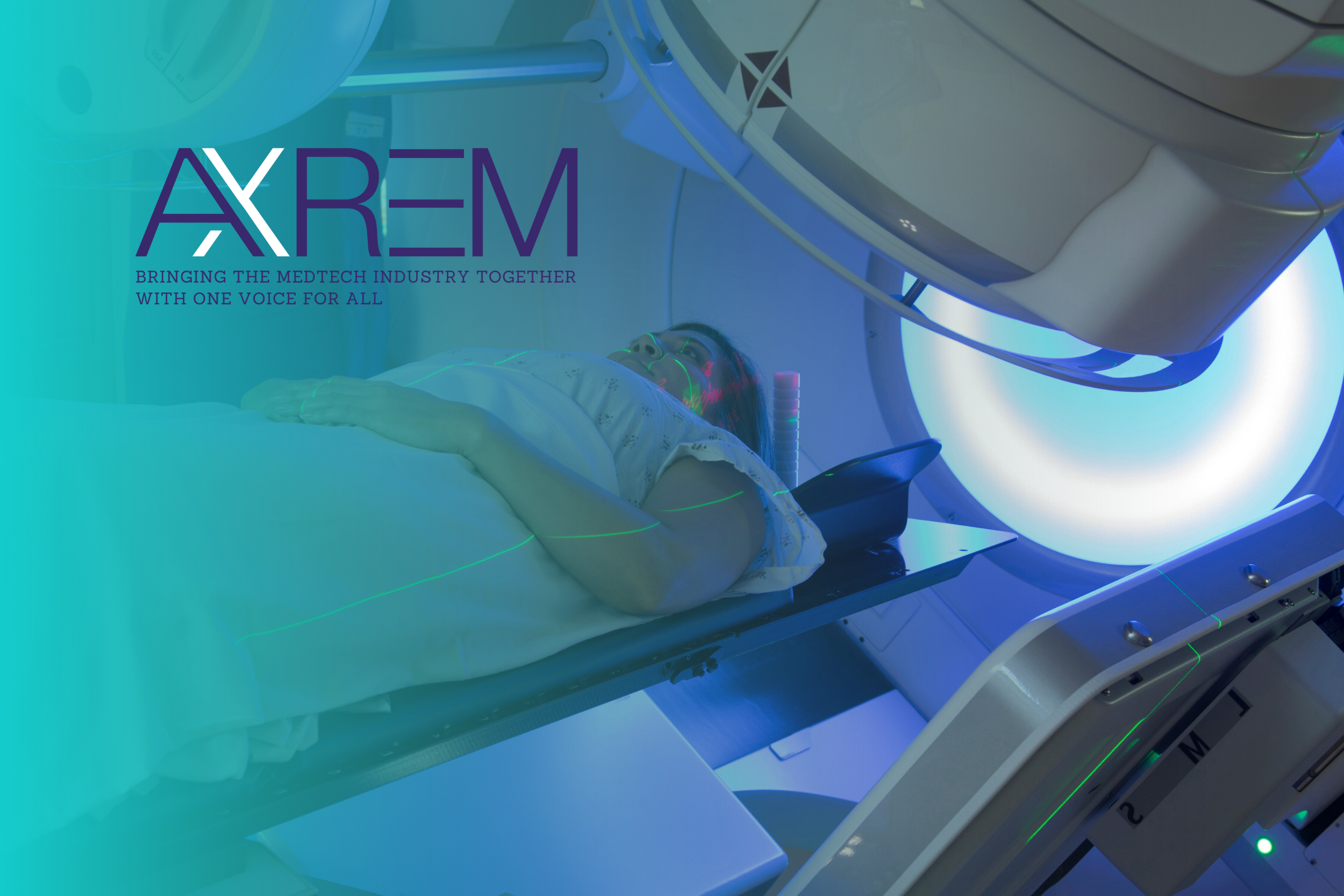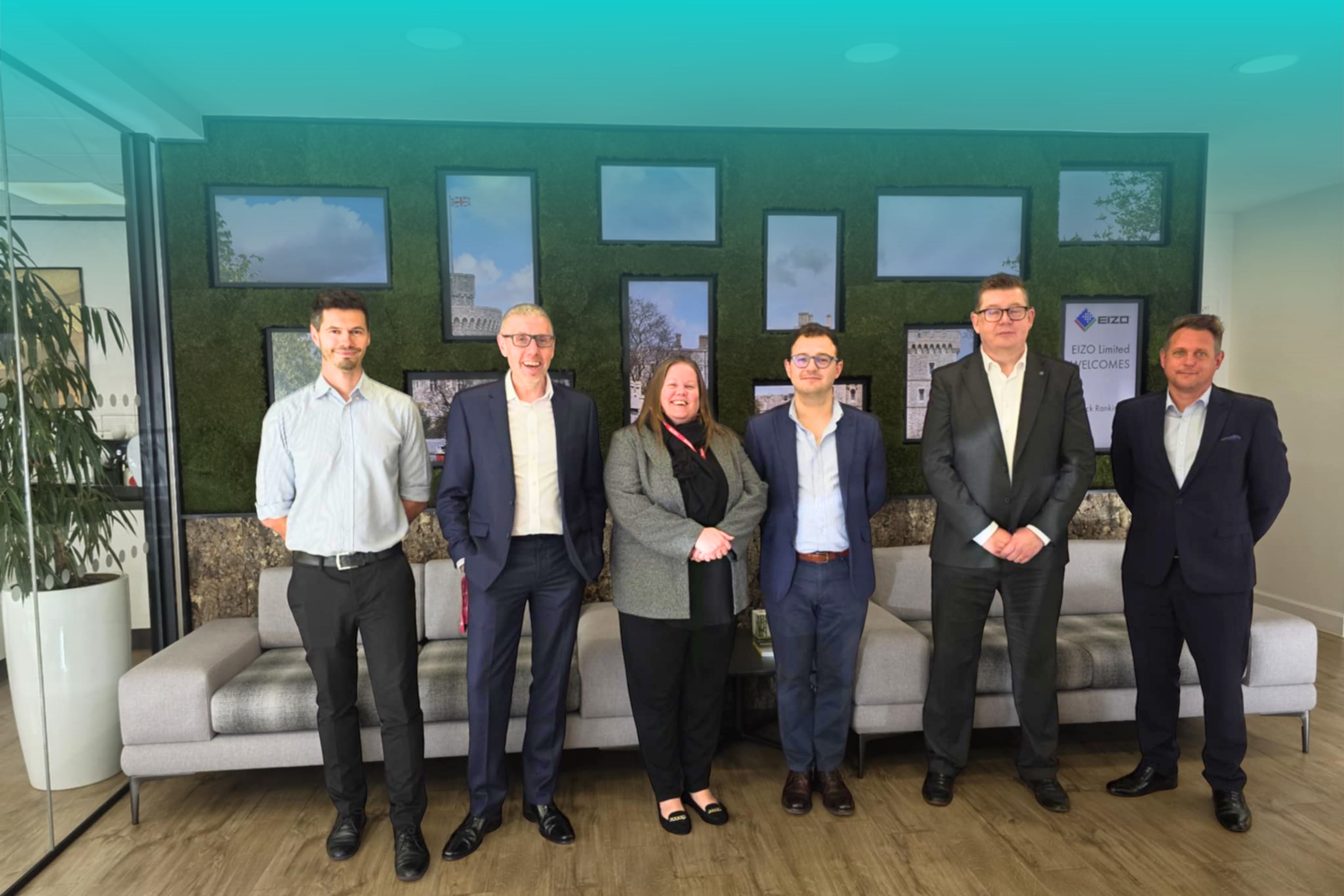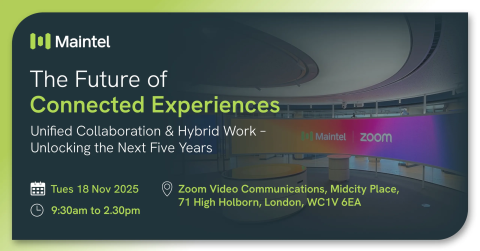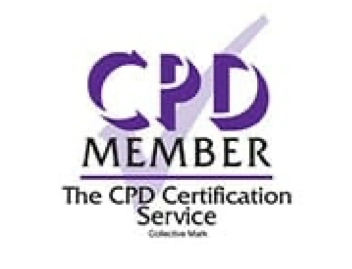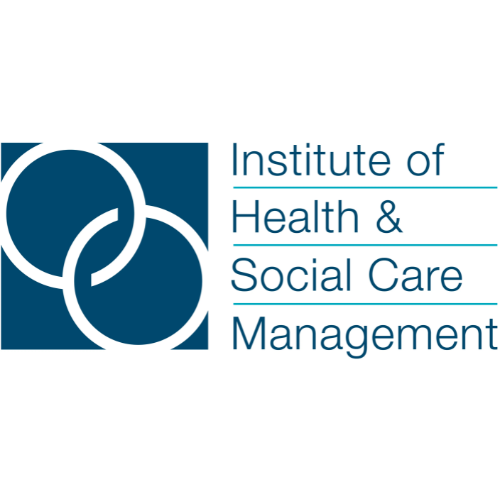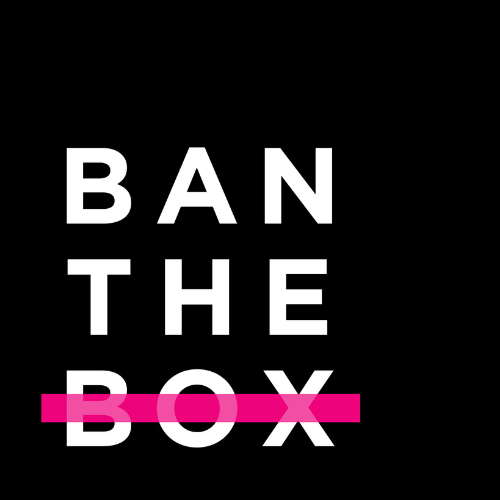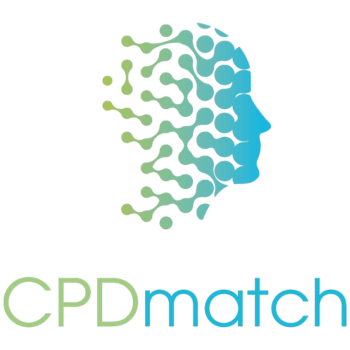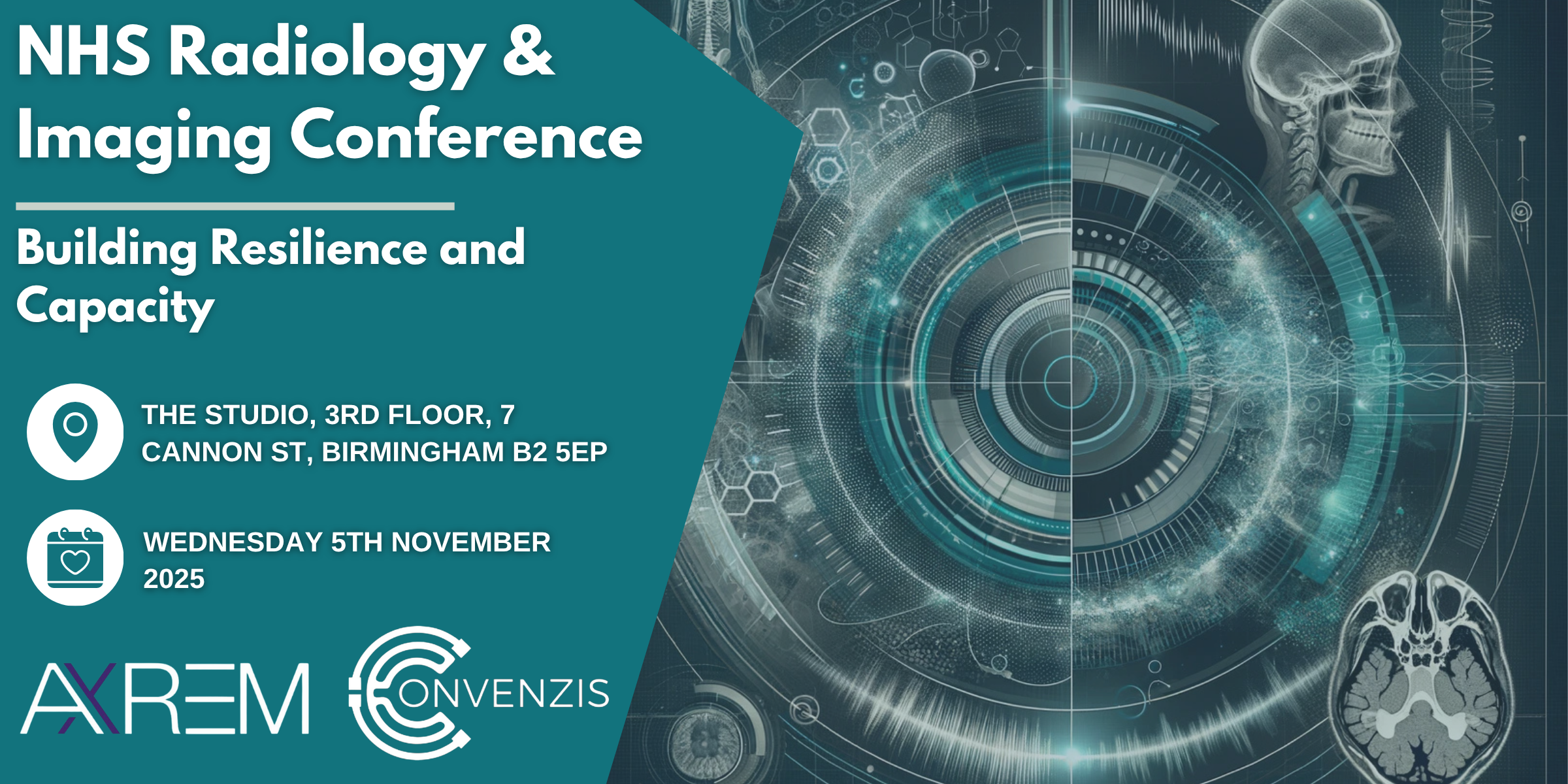
I am delighted to be taking part in this year’s conference, which brings together professionals across the imaging community to address one of the defining challenges of our time, tackling imaging backlogs in the face of growing demand and workforce pressures. As a first year radiology trainee with a background in medical education and research, I am particularly looking forward to contributing the trainee perspective to discussions about how we can modernise training and harness technology to create a sustainable future for radiology services.
The imaging backlog reflects a combination of systemic factors: increasing imaging requests, limited workforce growth, and constrained training capacity. Addressing it requires not only operational solutions, but also a re-examination of how we train, support, and retain the next generation of radiologists. Training reform is therefore central to this discussion. We need programmes that optimise training pathways to ensure that educational quality is maintained despite service pressures, developing flexible models that accommodate less-than-full-time training, and embedding structured feedback and mentorship systems to support progression.
One area of particular interest is the role of artificial intelligence (AI) in both service delivery and education. AI tools are increasingly capable of assisting with image triage, quality assurance, and even preliminary reporting, offering opportunities to streamline workflow and prioritise urgent cases. In training, AI can act as an educational companion by providing immediate feedback on reporting accuracy, highlighting missed findings, and enabling self-directed learning through case libraries enriched with annotated datasets. Integrating AI into radiology education could therefore accelerate skill acquisition and reduce the variability in learning opportunities between training sites.
Moreover, as we adopt these technologies, it is essential that trainees are equipped not only to use them, but to understand their limitations and ethical implications. Developing digital literacy and critical appraisal skills should therefore be a formal part of the curriculum. As AI becomes embedded in routine practice, radiology training must evolve to produce clinicians who can both collaborate with technology and lead its responsible implementation.
Ultimately, the imaging backlog is a symptom of a deeper need for strategic investment in people, technology, and education. Reforming radiology training to be more flexible, data driven, and technologically fluent will help build a workforce that is resilient and ready for the future. Combined with thoughtful integration of AI and digital tools, this offers a pathway not only to reduce backlogs, but to enhance diagnostic accuracy, efficiency, and patient experience.
I look very much forward to engaging in these discussions and to learning from colleagues who share the goal of ensuring that radiology training and innovation progress hand in hand for the benefit of both practitioners and patients.
By Shirou Shadieh Masoodi, Radiology Resident - NHS
Book your Senior NHS Delegate Ticket here 👇



